Food and drink
Southeast Asia is home to some of the most delicious food in the world. While every country offers various wonderful dishes, in our opinion, Thailand and Vietnam, with Malaysia coming a close third, are the standouts in the region.
Of course, what makes for good food is a very personal thing—for example, we’re in the minority (it seems) in loving oily, rich curries of Burma—but in both Vietnam and Thailand you’ll really struggle to have a bad meal.
It would be a mistake to think of cuisines existing in distinct, strictly nationwide blocks, as there are regional and even provincial variations on staple dishes. The above represents very broad strokes, with a few highlights. This is just the beginning!
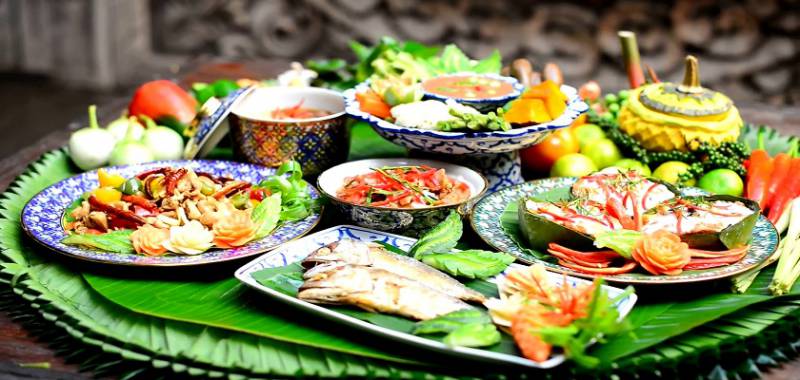
Vietnam
Hanoi, Hue and Saigon, the Vietnamese triumvirate, offer an astonishing variety of exquisite cuisine. Hand-wrapped fresh spring rolls containing rice vermicelli, a few shards of cucumber, perhaps some prawns, fresh herbs, served with a sweet dipping sauce on the side: Mmmmmmm. The staples of pho and bun bo Hue come in a staggering variety of regional variations—there is no such thing as a standard bowl of pho! Dishes expect to be drowned in condiments and lashings of leafy herbs. As with Thailand, the food is cooked fresh and on demand.
Must-try dish: Pho, or noodle soup, has an impossible number of variations but think of a bowl of steaming, herbal broth with fresh flat rice noodles, perhaps beef, and green onions, with optional additions of herbs and sauces.
Cambodia
Cambodia’s food scene, and not necessarily a Khmer one, centres on Siem Reap. Khmer cuisine is arguably the most understated of Southeast Asia’s. Fishy soups and curries sidle alongside barbecued beef, chicken and fish. Pungent prahok, or fermented fish sauce, is a base for many dishes and the underlying spice is often softer on the palate than in Thailand.
A lot of knowledge of Cambodian cuisine was lost during the genocide of the 1970s and in the ongoing turmoil for years afterwards, but many people have worked to painstakingly recollect memories of traditional dishes.
Must-try dish: Amok. Filleted freshwater fish is set in banana leaves and covered in a coconut custard of eggs, fish sauce, palm sugar and a curry paste of spices like lemongrass, turmeric, galangal, kaffir lime zest, garlic, shallots and chillies, and then steamed, creating a scuffle-like texture.
Laos
In Laos, both the capital Vientiane and Luang Prabang are home to an excellent array of restaurants serving both classic Lao fare as well as good French food, thanks to the colonial years. Many standard dishes in Laos are adaptions from Thai, Vietnamese and Chinese food, but Laos does have an indigenous cuisine: You might just have to look a little harder than elsewhere to find it.
Luang Prabang is renowned for its cooking classes, which highlight a cuisine little known outside its borders. Popular Lao dishes include searingly spicy salads served with the staple of sticky rice in restaurants, French baguettes stuffed with raw papaya and pate to takeaway, and steaming bowls of noodle soup served streetside.
Must-try dish: Larp, a salad of meat such as chicken, pork, beef, buffalo, duck or fish (mushroom or tofu for vegetarians), dressed with lime, garlic, fish sauce, mint leaves, spring onions and ground toasted rice, with raw veggies and sticky rice on the side.
Burma
Yangon, Burma’s commercial capital, is the best place to try a wide variety of regional dishes, while the northern capital of Mandalay offers a rich melting pot of options too. As is the case culturally, in many ways Burma’s varied cuisine explains the transition from India and Bangladesh to Thailand. Think rich, thick and oily curries, fresh noodles, and iced teas and coffees.
Must-try dish: Mohinga, arguably the national dish.The base comprises fish paste and rice noodles, usually mixed with garlic, onions and lemongrass, with optional extras like banana tree stems, chickpeas or fishcake—but the variations are endless.
More still
It is worth pointing out that almost any visit to a wet market, anywhere in Southeast Asia, will pay dividends by giving you an inside look at food, from preparation through to eating. Find where the locals are eating, grab a chair and point at whatever the person next to you is eating!


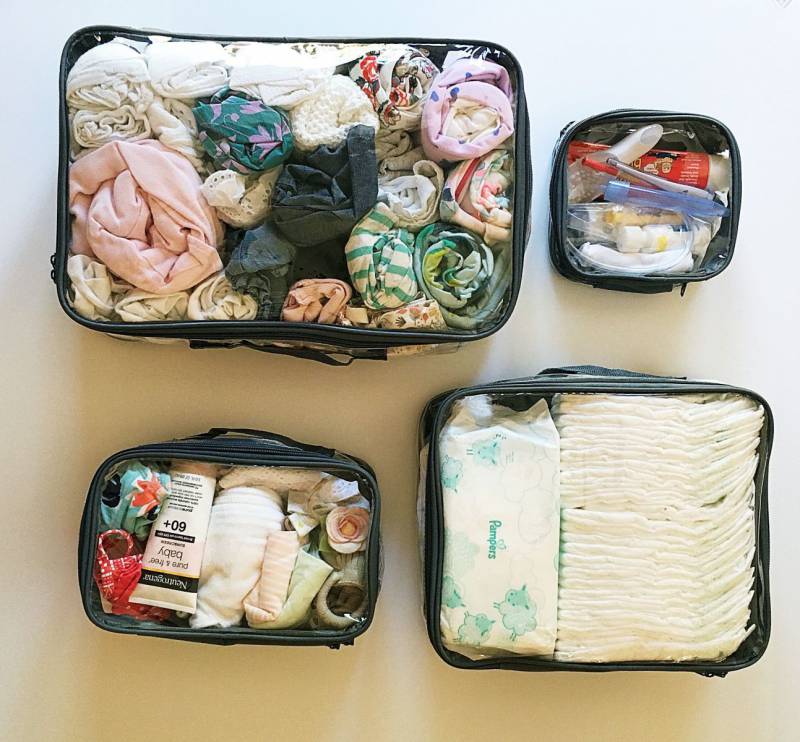

.png)
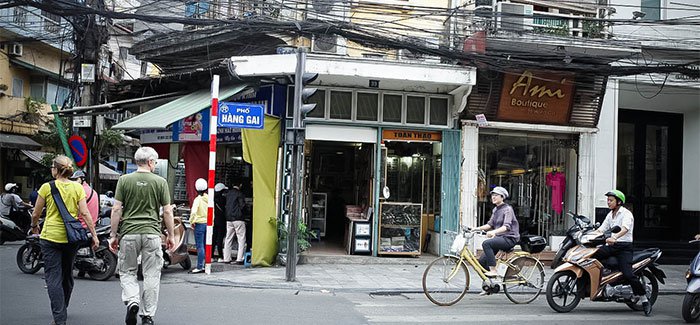
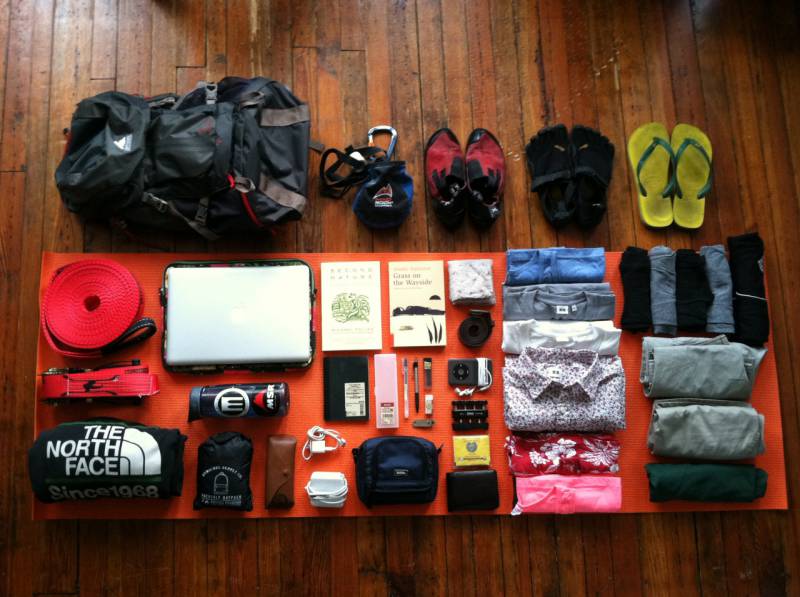

.jpg)






.jpg)
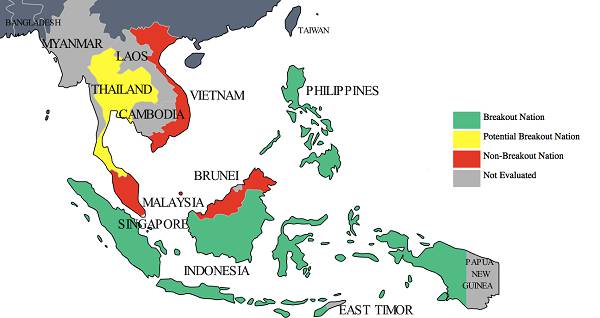



.jpg)





